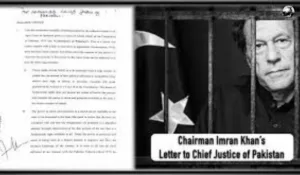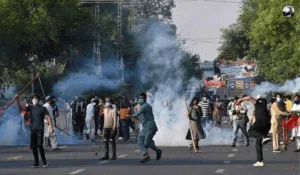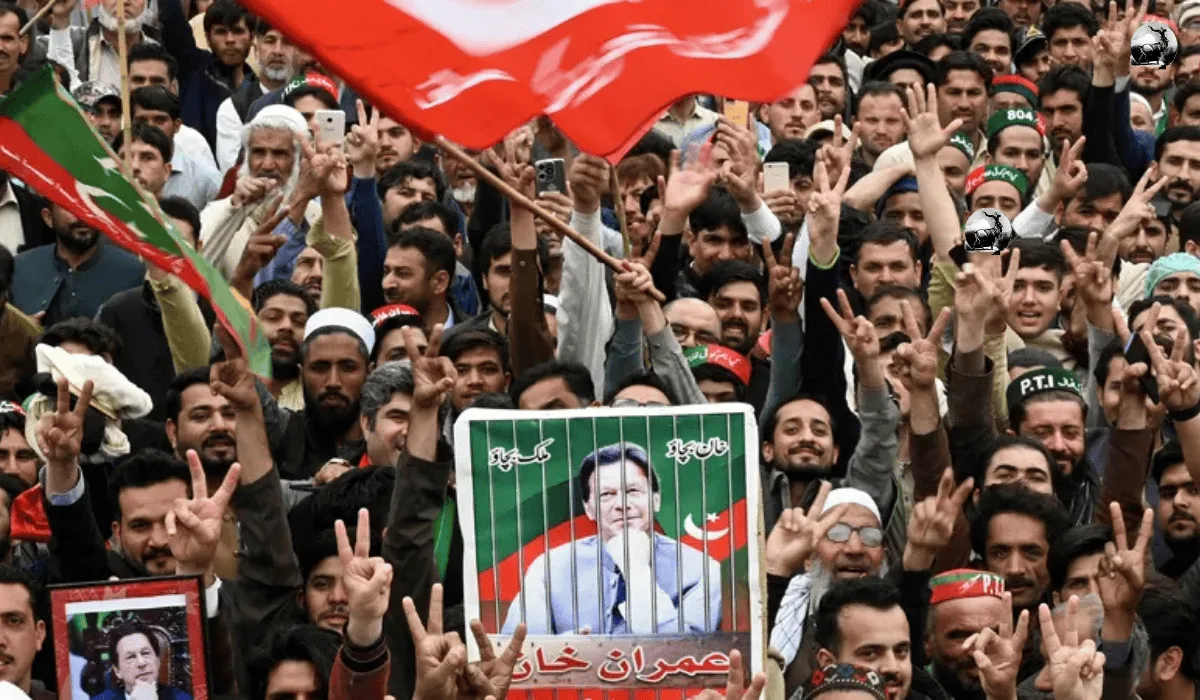PTI marked February 8 as Black Day with protests, facing low turnout and shifting strategies, while the government observed it as a Day of Reconstruction and Development.
Pakistan Tehreek-e-Insaf marked February 8 as Black Day, whereas the government observed it as a day of reconstruction and development.
PTI primarily called for a nationwide protest, but the demonstration, or large gathering, was covered in Swabi, where PTI officials spoke and made it clear that they would not negotiate or debate this issue; instead, choices would be made on the road.
The Pakistani government has not been significantly impacted by the PTI’s power display on February 8. Due to internal conflicts and the absence of the PTI founder and leader, the audience at this event was less than at previous PTI rallies. From the beginning, the founder of PTI Credit operated aggressively. This was how he used to persuade country.
Right now, the PTI founder is writing letters to his fans with instructions and other topics. These letters will undoubtedly lead to arguments between party members and supporters, but I don’t think they would persuade the government. PTI leaders like Barrister Gohar and Mehmood Khan Achakzai are very courteous; they did not make combative remarks; their only goals are justice and free elections.
This is evident in their rally speeches and other declarations. Rallies were, in my opinion, Pakistan Tehreek-e-Insaf’s strength in the past, but they are currently one of its weaknesses. They are aware that they must speak with the government about this and seek justice in the courts.
However, we also know that they are not receiving justice; they have been the targets of kidnapping, harassment, and blackmail. All they have to do is demonstrate peacefully, and the government ought to let them to do so. PTI is being extremely cautious after November 26. Both their regulations and how they express their position have changed.
They have adapted new tactics and modified their previous approach. Although the government still refused to allow them to have a nonviolent demonstration in Lahore, the PTI refrained from making forceful remarks about it as they had in the past, and their remarks during the protest on February 8th were delivered with extreme caution.
In some ways, the PTI founder’s letters are pointless as the government is not responding to them. In fact, rather than focusing on the protest and letters written by the PTI leader on February 8th, they have proclaimed February 8th as the Day of Reconstruction and Development and celebrated it widely.
 However, the government does not respond or say anything when he writes to the chief justice, but it does react and make statements against it when he writes to the army chief. This is PTI’s new approach to resolving the problems. Their operational habits have been tempered. Both sides exhibited distinct behaviors; neither the government nor the PTI engaged in violent protests or torture.
However, the government does not respond or say anything when he writes to the chief justice, but it does react and make statements against it when he writes to the army chief. This is PTI’s new approach to resolving the problems. Their operational habits have been tempered. Both sides exhibited distinct behaviors; neither the government nor the PTI engaged in violent protests or torture.
PTI had two options: The first was to talk about their issues, and the second was to demonstrate. They opted to demonstrate, but the army head and DGISPR stated that they had no interest in talks or any form of compromise.
PTI chose to protest for that reason, so why wasn’t the turnout as large as it used to be? The issue was that on May 9, the same thing occurred, but the situation was different because, in response to the PTI founder and leader’s call, they protested violently.
 As a result, the PTI declared that these individuals were agency employees and not PTI supporters, and those who participated in the protest at the time faced severe consequences, including imprisonment. When the protest turned violent on November 26, the same thing occurred.
As a result, the PTI declared that these individuals were agency employees and not PTI supporters, and those who participated in the protest at the time faced severe consequences, including imprisonment. When the protest turned violent on November 26, the same thing occurred.
The PTI officials said that these individuals are actually employees of agencies and not PTI members. The repudiated leadership is solely to blame for the current state of the PTI march and protest. For PTI, both doors are now closed. For PTI, this is a very concerning issue.
PTI should have allowed the government to default rather than shutting down parliamentary debate. For PTI, that is the only choice. However, the PTI leader is standing by his choice to demonstrate.
When we consider the events from his point of view, such as his arrest, the repercussions he and his party members endure, including several instances of harassment, etc., he refuses to back down or change his position; he would much rather sit in prison. It’s popular opinion, so I’m not saying he’s right or wrong. I’m only laying forth the facts based on Tehreek-e-Insaf’s history as the foundation of Pakistan.
They should consider this; they cannot alter the government or free someone from prison with a single protest, but they were hoping that the government would be shaken by the demonstration, but things did not proceed as planned. Although the authorities did not respond to the demonstration, they did demonstrate their power in their province.
What are they going to do next? They alone are aware. It is entirely the property of Pakistan Tehreek-e-Insaf. Will they prefer a peaceful demonstration or a debate in parliament? They have the right to make both of these choices, and the government ought to respect that.


